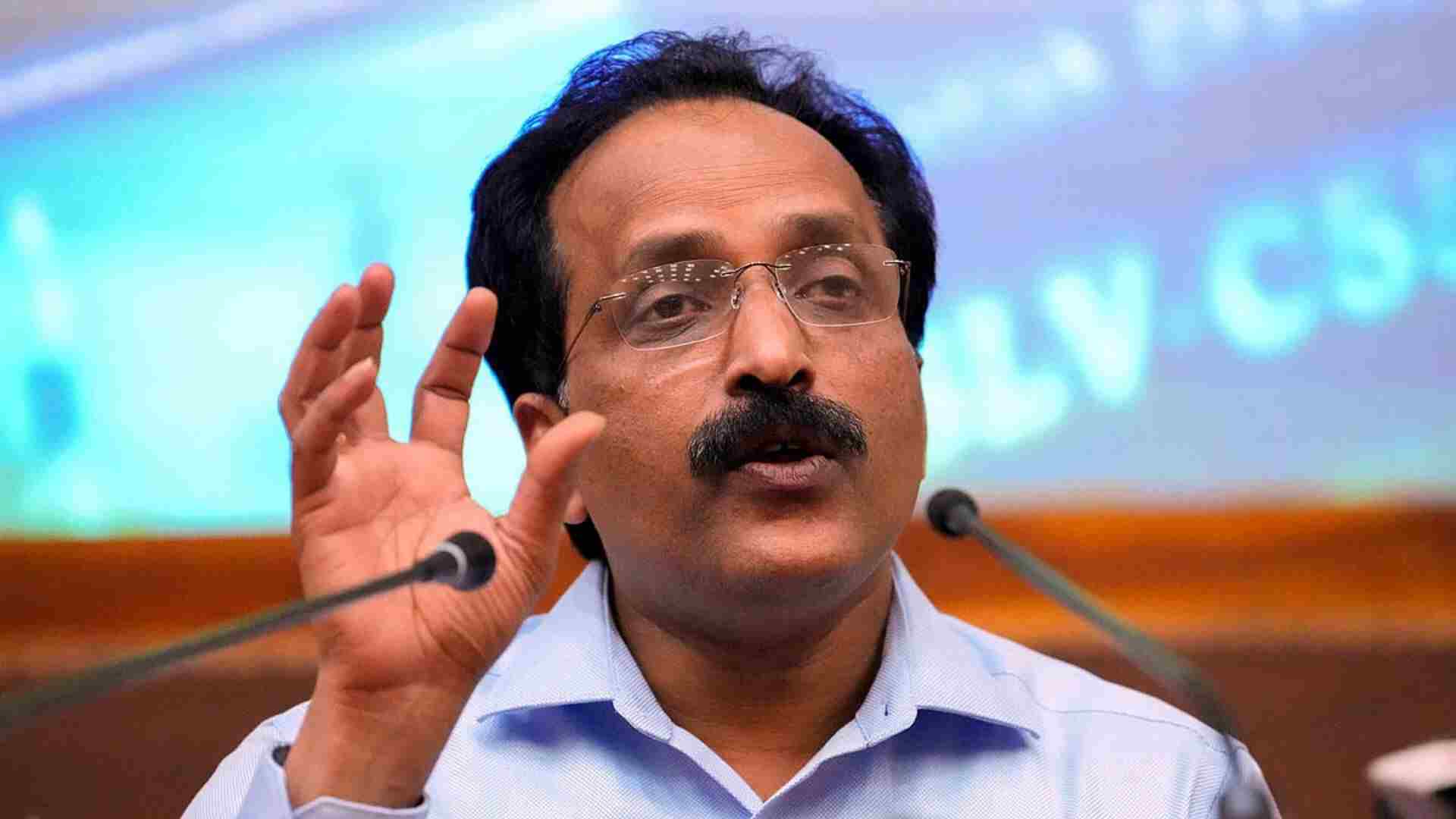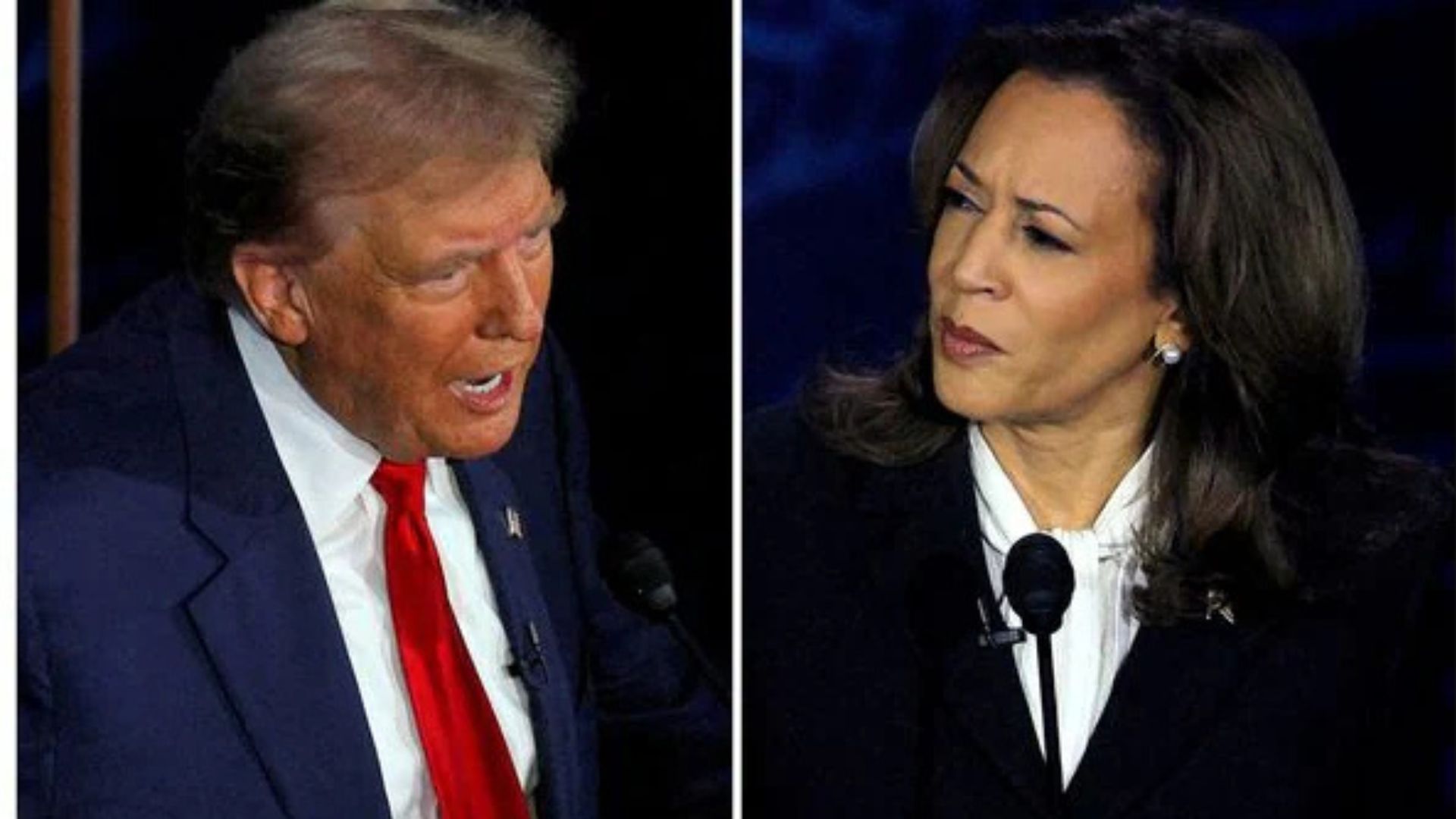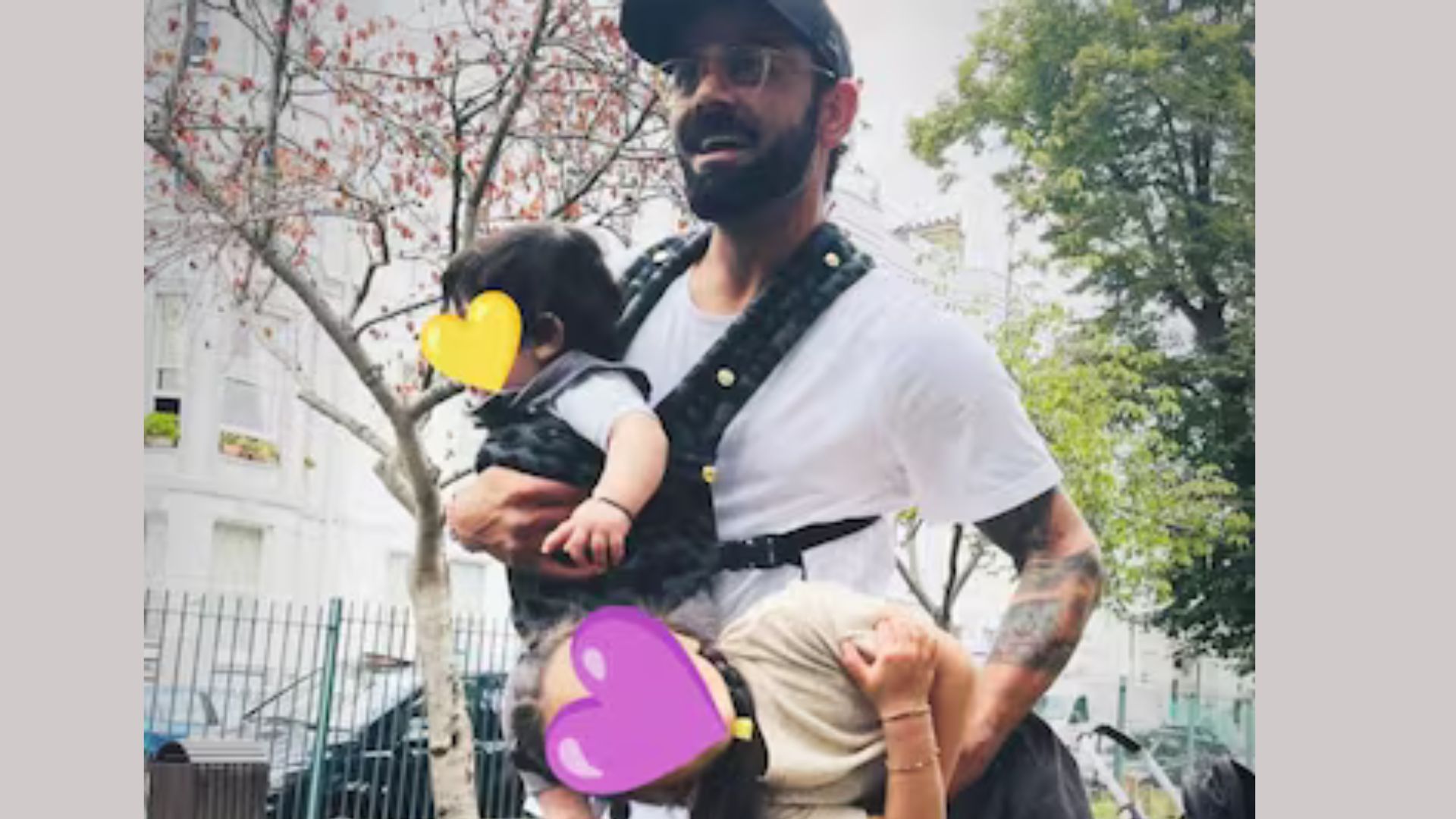NASA has chosen SpaceX to return astronauts Sunita Williams and Barry Wilmore to Earth early next year, following an unplanned extension of their stay aboard the International Space Station (ISS). Their return has been delayed due to technical issues with Boeing’s Starliner spacecraft. This article explores NASA’s decision, the challenges faced, and ISRO’s current limitations in space rescue missions.
Williams and Wilmore initially traveled to the ISS on Boeing’s Starliner for an eight-day mission. However, technical difficulties with the spacecraft led to their stay being prolonged to over 78 days. NASA has now scheduled their return for February next year using SpaceX’s Crew Dragon spacecraft. The Crew Dragon mission is set to launch next month as part of the routine astronaut rotation.
Challenges with Boeing’s Starliner
In a recent podcast, ISRO Chairman S. Somanath addressed the possibility of India leading the rescue mission. He acknowledged that ISRO currently does not have the capability for such missions, stating, “Right now, we can’t do anything. We don’t have a spacecraft that can go there and save her. It is not possible.” Somanath noted that only the U.S. and Russia have the necessary spacecraft for rescue operations.
Technical Difficulties with Boeing’s Starliner
The Boeing Starliner has encountered significant technical problems, leading to multiple delays and issues. Despite ongoing efforts to resolve these challenges, the spacecraft is not yet deemed reliable for safely returning astronauts. Somanath explained, “The Boeing Starliner showed some anomaly, but they don’t want to take a risk. The launch was postponed many times, and they took a chance and launched it. But they don’t want to take the risk in returning her.”
SpaceX’s Proven Track Record
NASA’s decision to utilize SpaceX’s Crew Dragon underscores the importance of reliability in human spaceflight. SpaceX has established a proven track record with its Crew Dragon, which has successfully completed several missions. This choice highlights the need for dependable technology to ensure astronaut safety in unexpected scenarios.
The Complexities of Human Space Missions
This situation illustrates the technological and logistical challenges in managing human space missions. Ensuring astronaut safety during unforeseen circumstances requires precise planning and execution. The issues with the Starliner emphasize the complexities involved in human spaceflight.
ISRO’s Future Goals
ISRO is actively working on various space projects, including the Gaganyaan mission, which aims to send Indian astronauts into space. Although ISRO has made notable progress in space technology, it acknowledges that it still needs to develop the capabilities for complex rescue missions similar to the one being performed by SpaceX.
















